Lesson Six: What can we learn by examining the Moon's Surface?
Lesson Description
In this lesson, students compare photos of the highlands and the mare on the Moon to determine the relative age of each, the crater density in each area, and to make an inference about what the early Solar System was like.
Instructions
-
Part 1
- Imagine you are a detective in a murder case. The victim had been missing for some time and was just found out in the woods. You go to the victim's house and see a stack of letters below the mail slot. As you look through the mail you find a very suspicious letter from a person that seems to be threatening the victim. This letter was buried under 50 other letters. Use your detective abilities to try to decide when the letter might have arrived. State your reasoning and any assumptions that you made.
- Now we want to use these types of detective skills to look at the Moon. The Moon has a great number of craters on its surface. The craters come from large meteorites impacting the surface of the Moon. Figure 1 is an image of the entire Moon's surface. The dark areas are called maria, which means seas in Latin. The brighter areas are called the highlands. Figure 2 is an image that shows a large portion of a mare. Figure 3 is an image that shows a portion of the highlands.
- Write out things that you notice about Figure 2 and Figure 3. How are they different? How are they the same?
- The maria were thought to be big oceans by people hundreds of years ago. From the images, do you think that the maria are oceans of liquid water? What evidence can you give to support your answer?
- Now use your detective skills to try to figure out which features on the Moon came first and which came at a later time. Start with Figure 3 and see if you can identify four craters that you can clearly order in terms of oldest to youngest. Explain your reasoning for the order you decided.
- Now look at Figure 2. Try to figure out which areas are older and younger. This includes the mare itself. Explain your reasoning.
- Finally, look at Figure 1. Try to answer the question; which is older the maria or the highlands? Explain your reasoning and test your reasoning by asking what would have to happen if my answer were wrong? Can you defend your answer with confidence?
- Summarize what you have learned about determining ages on the Moon. Can you come up with a general principle that you can express which would always work to determine relative age between objects on the Moon?
- Now let's use our detective skills to gather more information. Go back to Figure 3 and measure, with a ruler, the width of the 10 largest craters you find in the image. Record this data and mark the craters that you used with a number that corresponds to the data.
- Next average all of your measurements and see what the average width is for the 10 craters. Compare your results with your partners. Are there differences? Discuss problems that you find in doing this exercise.
- Now move to Figure 2. Do the same measurements for 10 craters in the mare. Be sure to only use mare craters. How do your answers compare with your partners?
- Look at what you answered for the relative age of the highlands and maria from your Figure 1 analysis. Use this answer, and the average values that you found for the highlands and the mare to make an assumption on the property of meteors based on your evidence.
- Now we can gather even more data from these images. Draw a nice size box on Figure 3. Be sure to record the size of the box. Then count all the craters that you see inside the box. Record the data.
- Draw the same size box inside the mare in Figure 2. Count the number of craters.
- Compare your results with your partners. Discuss any differences and why they occurred. Be sure to consider whether the differences are real or not. Determine the number density.
- Astronauts have visited both the maria of the Moon and the highlands. They have returned rock samples which have been radiometrically dated. The data showed that the maria formed on the moon about 3.5 billion years ago. The highlands formed about 4.5 billion years ago. This is also the age of the Earth and the rest of the Solar System.
- Using this information look at the number of craters you counted from the highlands and the number from the mare. Try to figure out how many of the craters in the highlands came about in the first 1 billion years after the Moon formed. Think carefully about what your data is telling you. Discuss your reasoning.
- From this investigation, you have the evidence to decide what the solar system was like in the first 1 billion years after it formed. Think about what you have learned from the data and use it to write a conclusion about what conditions were like in these early times.
Part 2
Part 3

 Lessons created by:
Lessons created by: